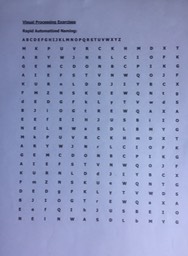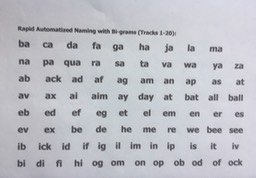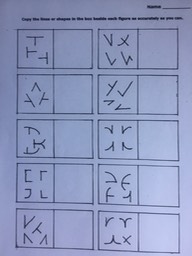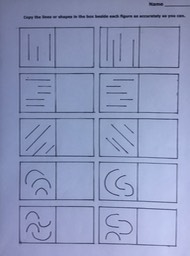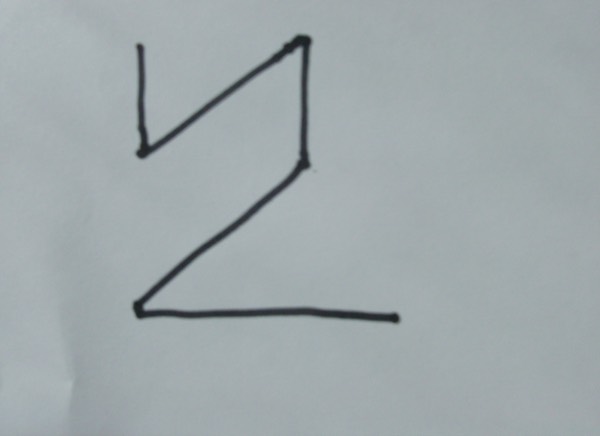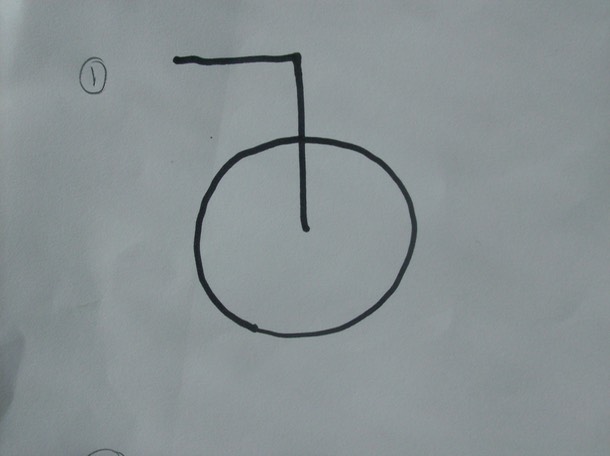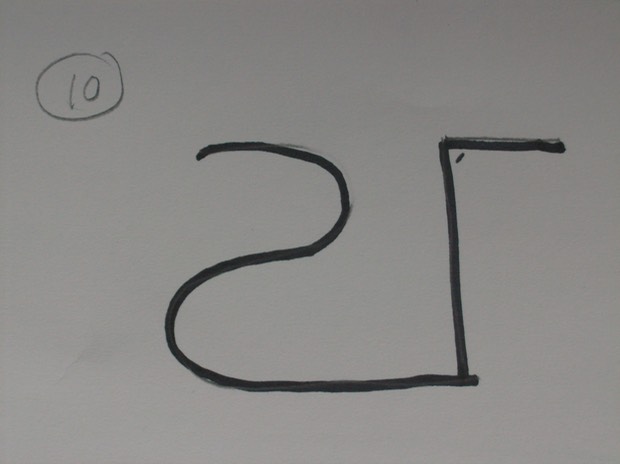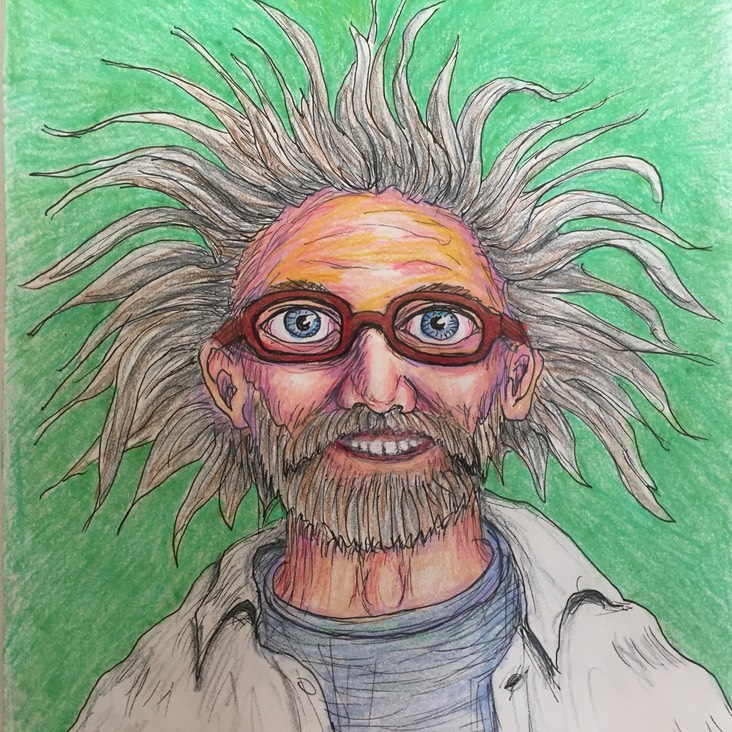
A blurb from Professor Essor:
These visual processing playsheets are either "Rapid Naming" or “Look and Copy.” They improve “Looking” and “Focusing” skills. Pick and choose what fits your needs, but a good starter is the “Arrow Sheet,” I use this one myself! The object is to speed up visual processing. Please see “Here’s How" for individual sheets. Below are the most important sheets, but I’ll be adding more as time permits.
Why?? In order to read, the brain has to process symbols quickly. We can exercise this skill to improve it with or without letters. Sometimes it is better without letters because that constrains the exercise to just that specific brain function.* Visual processing is a function used in many skill sets that everyone should exercise, including adults!
Some of these Play Sheets can be used as an image on screen, and some should be printed so that students can draw right on the sheet. If a printer is not available, the images in “Letter Lines” and "Letter Junctions” can be copied onto a blank piece of paper, just as long as they use the same format (for assessment purposes).
Why letter lines and line junctions? Stanislas DeHaene** indicates that the “Visual Word Form Area” of the brain is like an assembly line of neurons that recognize various aspects (lines and junctions) of letters. The brain has to sort through these at an amazing speed to recognize a letter. Once letters are learned, the brain processes by bigrams, trigrams and clusters to form words. More to come on this fascinating topic!
*This is Barbara Arrowsmith-Young’s idea of isolating individual brain functions. I’m comparing it to Constraint-Induced Therapy, which is used on stroke patients so they are forced to use the very limb that is affected by the stroke. Amazingly enough, much of the lost movement can be regained, but it takes time and determination. However, if the patient does no therapy, their restricted movements fall prey to what Norman Doidge calls “Learned Non-Use.”*** It is similar when learning to read. Let's use it or lose it!
More Look and Focus Activities:
Use these diagrams to build visual/spatial skills by observing and copying as acurately as possible. This can be done by observing on a screen, or printing first.
Geometric and Organic Lines Page:
Link back to Brain-Boosting page
* https://arrowsmithschool.org/
** Stanislas DeHaene, reading in the brain 2009
*** Norman Doidge MD, the brain’s way of healing 2015

